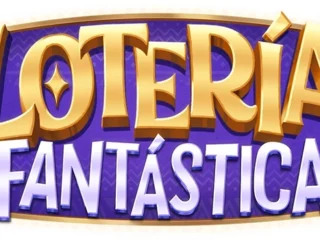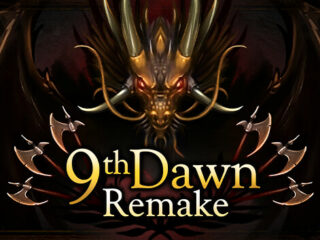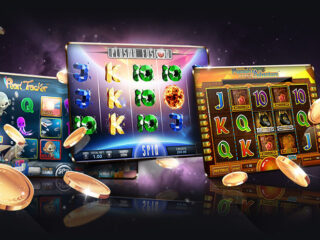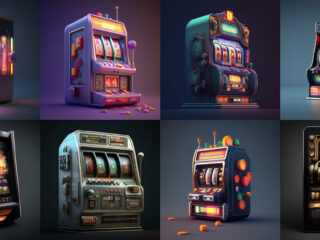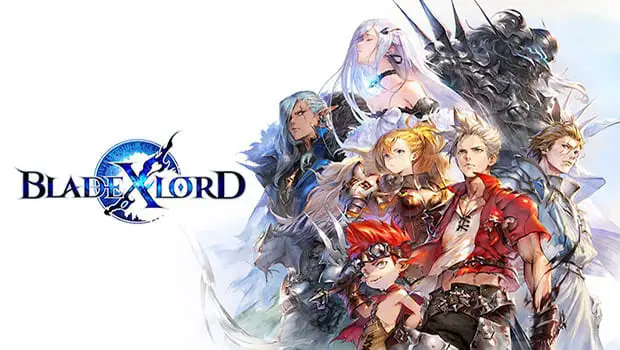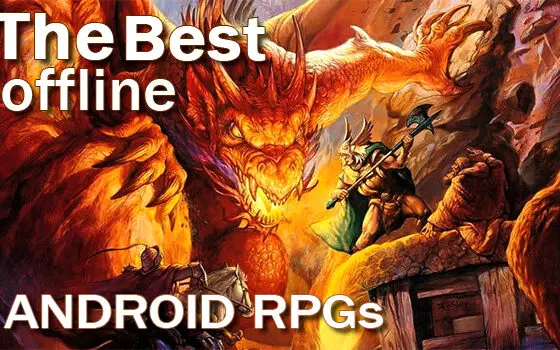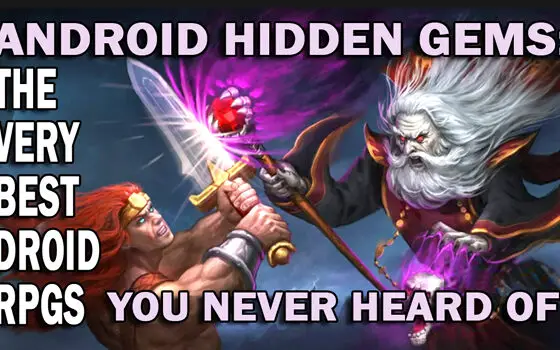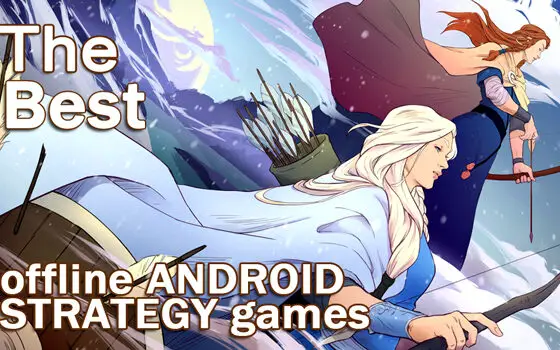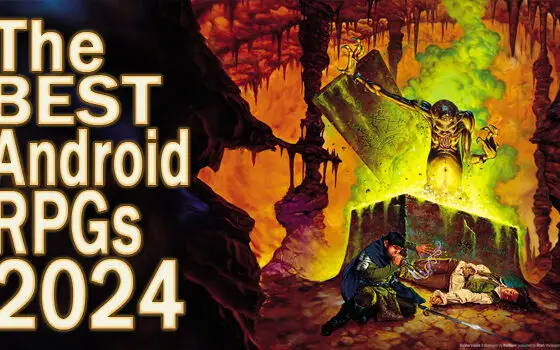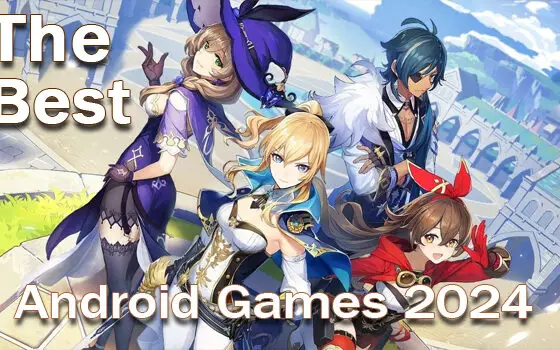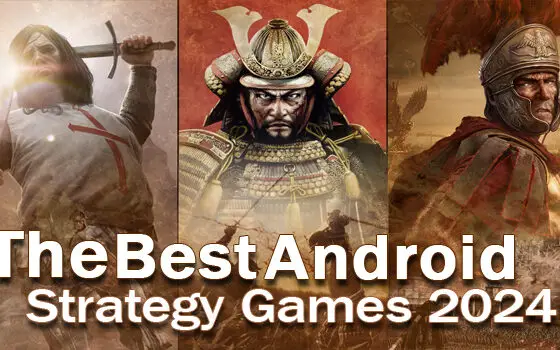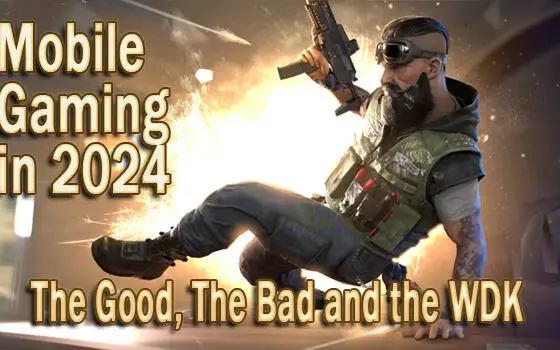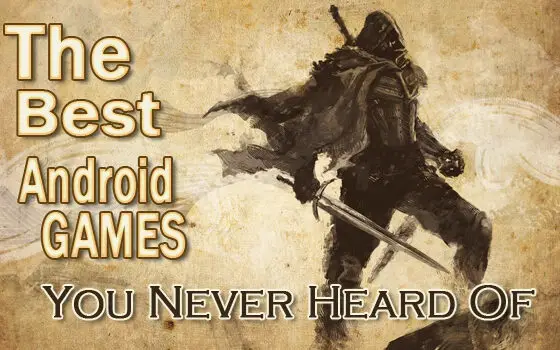Backwards and Forwards
Originally introduced at E3 in 2000, cloud gaming has evolved a great deal in the last decade. OnLive became the first official cloud gaming experience launching in June of 2010. More recently PC gaming on Android became possible with the help of things like the Parsec App and Vortex in 2016 and 2017 respectively. At long last cloud gaming has the ability to combine high end graphics with high end games, then compacting them into a mobile app. Tech giant Nvidia has made numerous forays into cloud-driven gaming in the last decade. It comes as no surprise then that the tech titan would try their hand at creating a cloud gaming service of their own.
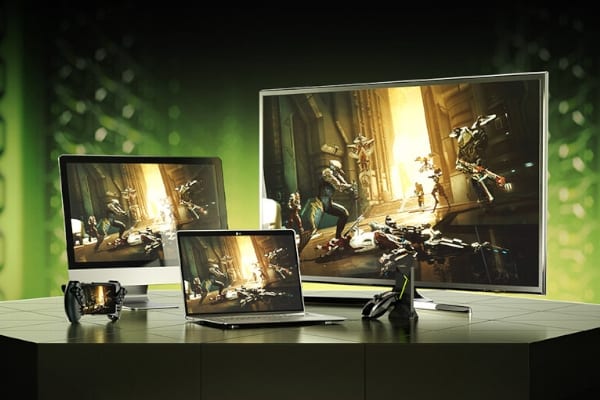
Nvidia’s GeForce in the Clouds
Nvidia’s GRID was the first toe they dipped in the water. It became available to the masses in beta form in 2013 and was officially christened in 2015. The service was originally delivered through streaming video but transitioned over to Shield devices in 2019. The cloud gaming platform lacked a major following however, and was extremely limited as it was only available to Nvidia Shield users.
Hence the birth of GeForce Now. The newest cloud gaming platform delivers a plethora of options for PC and Mac users to revitalize their game libraries. Unveiled in 2017 in beta form the platform officially launched in early February to PC, Mac, Shield, and of course Android. The platforms unique membership tiers, large game library, and impressive GPU’s are enough to entice any gamer. So without further ado, let’s explore the good, the bad, and the unknown of Nvidia’s newest cloud gaming platform.
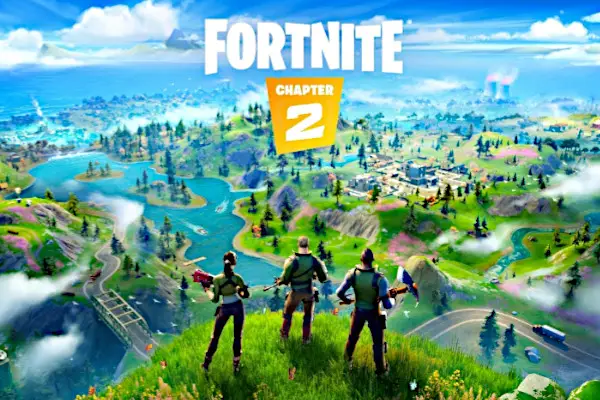
Tiers to Know
Nvidia’s gaming service is unique in a lot of ways, a major one being their membership options. GeForce Now comes in two different tiers, Standard and Founders. Standard offers one hour of standard access to the platform, and boasts the only free option available for cloud gaming. Google’s own cloud service has a free tier planned. However, players would still have to pay $70 for Chromecast Ultra.
GeForce sidesteps all the extra expenses, offering the perfect option for players looking to try Cloud gaming without breaking the bank. Founders tier may not be free but for $4.99 a month it packs a punch. The paid option offers four hours per day of priority access as well as real-time ray tracing (RTX). Nvidia’s RTX tech is the pinnacle of gaming graphics with its enhanced lighting and cinema quality rendering.
Are there downsides? A few. Standard access boots free tier players to a waiting queue when servers are busy. What’s more, Nvidia’s Founders membership may be priced at $4.99 a month for now, but that isn’t going to last. Following its first year the platforms price is set to go up. How much is unknown but a safe bet would be somewhere around $9.99.
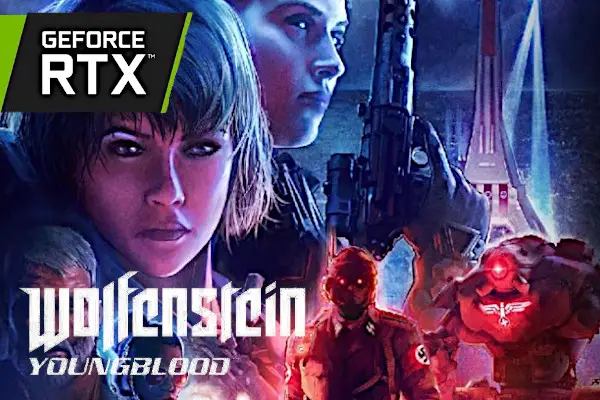
The Specs?
What about actual specifications? Those of us looking to play on Android are going to need 2GB of memory, OpenGL ES 3.2, (it’s a cross platform application program interface) and Android 5.0 or later. Basically any Android device made before 2015 won’t be compatible with GeForce Now. What internet speed do you need for the platform? Bare minimum requirements are 10 mbps, but if players want to run at 720p at 60fps then they will need at least 15 mbps. 5G networks present GeForce on a whole other level, highlighting real time ray tracing and incredible graphics.
Most GeForce users don’t have a 5G connection however. Moreover, the average American internet speed is around 11mbps, making lag a leading issue for budding cloud gamers. RTX capabilities and high-end GPU’s, however, are major advantages to any cloud gaming service. Yet, if you can’t utilize these high end features their entire purpose is defeated. Something you should take into account if you are looking to shell out the $4.99 per month for the founders membership.
What to Play?
One major advantage that GeForce Now has is its game library. Unlike its direct completion the Google Stadia, Nvidia’s platform gives players access to multiple major game libraries. Free games like Fortnite aside, you can stream titles you’ve previously purchased on Steam, UPlay, and Epic Games seamlessly through Nvidia’s platform. Both standard and founders members can enjoy supported titles like Destiny 2, Wolfenstein Youngblood, Greedfall, and Saints Row, with a constantly evolving game library. Smartphone gamers can play titles like The Witcher 3 on ultra-high settings and experience console quality gameplay and graphics. What’s more, those devs that remain on board have promised that upcoming titles like CD Projekt Red’s Cyberpunk 2077 are shoo-ins for Nvidia’s cloud service. Don’t see a specific game you’ve purchased? Nvidia lets players request that games be added to GeForce’s library through their platform support center.
GeForce’s game selection may be impressive but through the pros lie the woes, and Nvidia has its share. A major one being that the platform can remove games at any time from its library. Also with multiple different services plugged into GeForce, cross-compatibility surfaces as a major issue. A title like Kingdom Come Deliverance is strictly available on Steam with GeForce Now. Players who own the game on Epic Games cannot access it. And this issues is not particular to just Kingdom Come. More than that, only a week after its launch Nvidia’s cloud gaming platform has lost its entire list of Activision Blizzard games due to a botched licensing agreement. Bethesda then following suit pulling all of its titles from GeForce save Wolfenstein Youngblood.
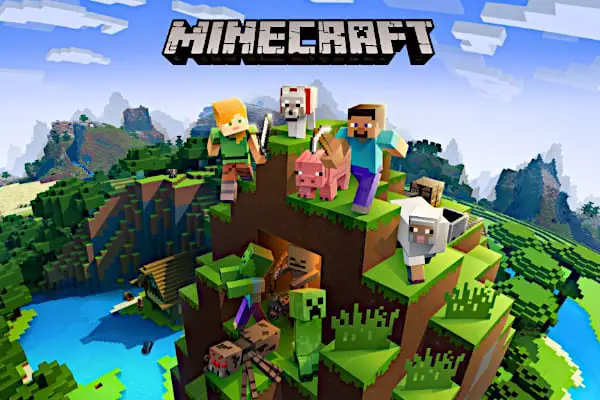
Tools of the Trade
With games like Fortnite and Wolfenstein, typical tap and swipe controls aren’t going to cut it. Instead, Nvidia recommends players should use a controller and game clip to optimize their experience. For a controller to be compatible it needs to be Bluetooth HID (human interface device) compatible. Further if you want a smooth platform experience you’ll want it to have a start/select equivalent.
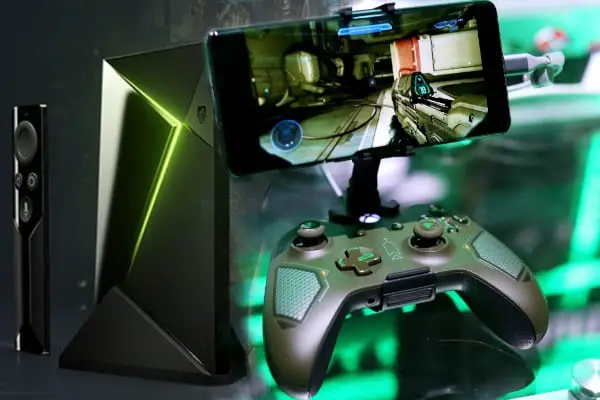
Controllers and Clips
The cheapest option is Nvidia’s Shield controller coming in at about $39.99. The next option up is the SteelSeries Stratus Duo coming an anywhere between $39.99 and $59.99. If you’re willing to dump some serious cash, then the best options are the Razer Junglecat at $99.99, and the Razer Wolverine Ultimate at $159.99. Clips? They average between $10-$20 with Razer and SteelSeries delivering the best quality.
Controllers to stay away from? Wireless Xbox One/360 and PS3/4 controllers aren’t mapped to work with GeForce, and we found their performance with the platform spotty at best. Although Nvidia does claim that the wired variety of both works rather well. At the end of the day, if you are looking to play on your phone, you’re best off with a controller that’s made for phones. Nexus controllers are a no go because they don’t have a Start/Select button, and Razer Servals because quality and button response are deal breakers.
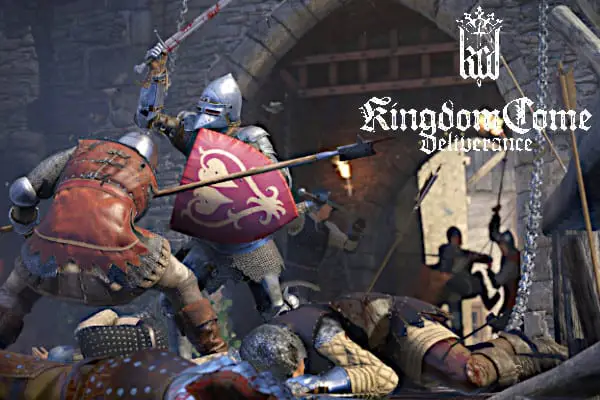
Conclusions
So are there any major issues with GeForce Now? To start, lag poses a problem when you’re running on anything other than a 5G network. Nvidia only gives players access to titles when they’re available on the platform, and you usually have to buy the games you want to play. What’s more if Nvidia removes the game, that’s it. Google Stadia on the other hand allows players to access games they’ve purchased even if they’re removed by their publishers from the platform. Standard players may be able to ‘play for free,’ but they’ll still need to dump money into a controller and clip, which will run you somewhere between $50 and $60.
Is GeForce Now the best cloud gaming platform on the market? It surpasses Google’s Stadia by a mile with its game library. Stadia’s price tag is $129, while Nvidia’s platform is available in a standard tier for free, and a founders tier for the price of a high-end cup of coffee, making it much cheaper. A claim worth noting is that Stadia will be challenging GeForce Now in the coming months by unveiling a free tier of its own.
Finally, with an optimized device and quality internet connection GeForce is visually stunning. And we have to say that playing Dark Souls II and Doom Eternal on ultra-high settings on our phones tickles us pink. Overall, GeForce Now is the best cloud gaming platform on the market. And yet, as tickled as we are, we have to admit that its status is less due to its general quality and more the result of any viable competition.


